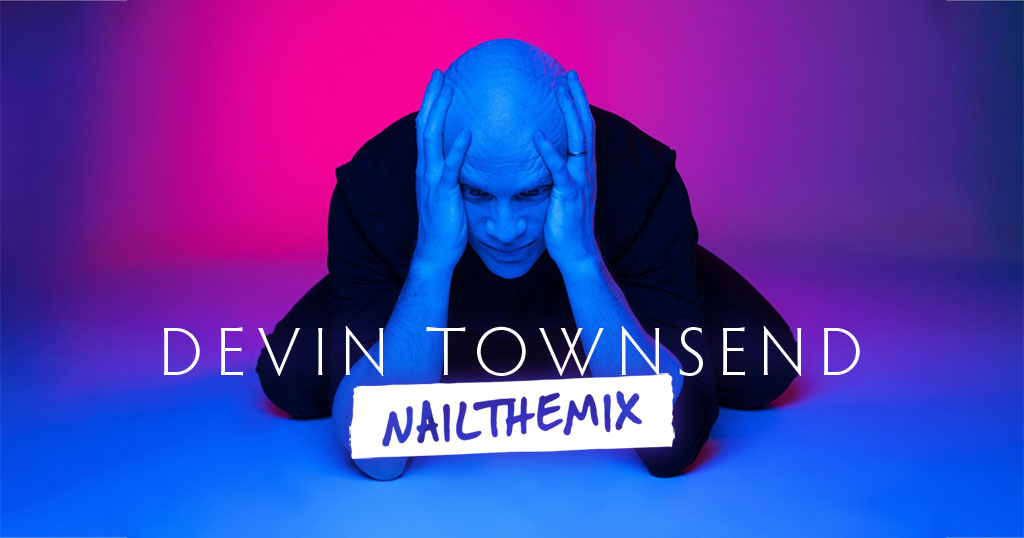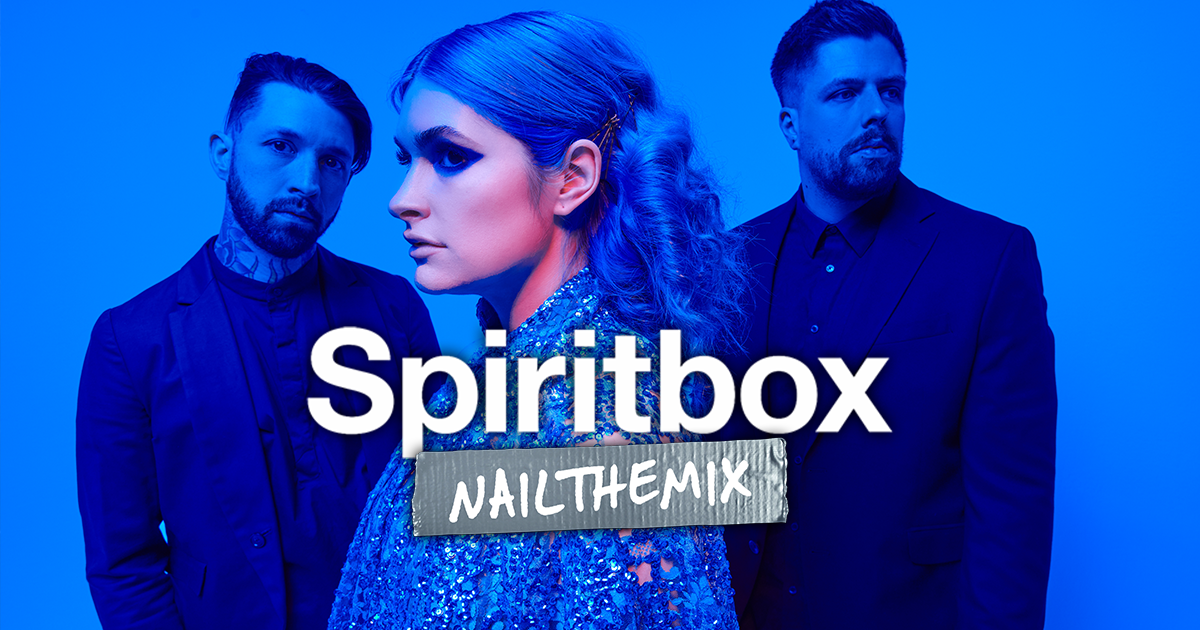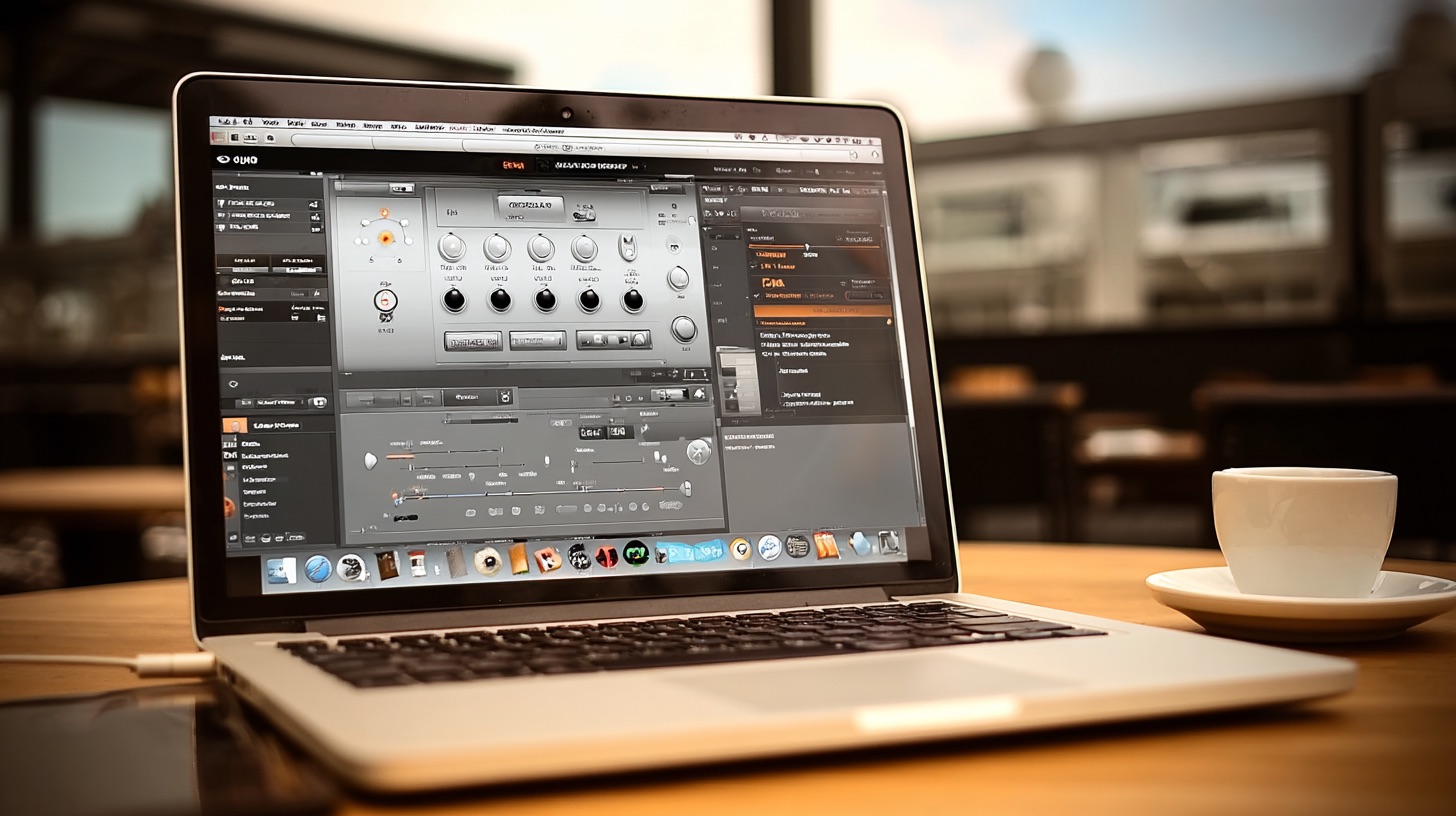
Does FabFilter Pro-Q 3 Actually Make Your Mixes Better?
Nail The Mix Staff
If you’ve spent more than five minutes watching metal mixing tutorials on YouTube, you’ve seen FabFilter Pro-Q 3. It’s everywhere. It’s the go-to EQ for countless pro mixers, and its sleek, colorful interface is instantly recognizable.
The hype is so massive that it leads to the big question: Is this plugin the secret sauce? Will dropping a couple hundred bucks on Pro-Q 3 finally make your guitars cut, your drums punch, and your mixes sound professional? Or is this just another case of "Plugin Acquisition Syndrome," where we chase the next shiny object hoping for a magic bullet?
Here’s our take: Pro-Q 3 is an absolutely killer tool. But whether it makes your mixes better has less to do with the plugin itself and more to do with you. Let's break down what makes it so popular and where the real improvements to your sound will come from.
Why Everyone Is Obsessed with Pro-Q 3
There’s a good reason Pro-Q 3 is considered a modern classic. It’s not just hype; the plugin is incredibly well-designed for the modern producer.
An Insanely Good Workflow
The single biggest selling point of Pro-Q 3 is its interface. It's fast, it's intuitive, and it gives you immediate visual feedback that can connect what you're hearing to what you're seeing.
The real-time spectrum analyzer is brilliant. You can instantly see problematic frequency build-ups, like a nasty ring in the snare or a low-mid resonance in a chunky rhythm guitar. Being able to just grab that peak and pull it down without fumbling through menus is a massive workflow boost. For surgical EQ work, there’s nothing faster.
Surgical Power Tools: Dynamic EQ & Mid/Side
This is where Pro-Q 3 starts to pull away from most stock EQs.
-
Dynamic EQ: Imagine you have a cymbal that’s harsh and splashy, but only when the drummer really lays into it. A static EQ cut might make it sound dull and lifeless the rest of the time. With Dynamic EQ, you can set a band to only turn down that harsh frequency when it crosses a certain volume threshold. It’s like having a hyper-specific compressor for one tiny frequency range. It's a game-changer for taming guitar fizz, de-essing vocals, or controlling the "thwack" of a bass guitar without killing its body.
-
Mid/Side Processing: This lets you EQ the center (Mid) and the sides (Side) of your stereo image independently. It's a classic trick for modern metal production. Want wider-sounding guitars? Slap Pro-Q 3 on your guitar bus, switch to Mid/Side mode, and add a little high-shelf boost to the Side channel. Want to clean up mud in the center of your mix? Use a small cut in the low-mids on the Mid channel to make more space for your kick and snare. It’s an incredibly powerful shaping tool.
But Do You Really Need It? The Honest Truth About EQs
Okay, Pro-Q 3 is powerful. No one’s debating that. But the real question is whether you need that power to get a great mix. The answer, for most people, is no.
The Reality of Stock EQs
The truth is, the stock EQ that comes with your DAW—whether it’s Logic’s Channel EQ, Reaper’s ReaEQ, or the EQ3 in Pro Tools—is more than capable of handling 95% of your mixing needs. They all have high-pass filters, low-pass filters, and parametric bands that can cut and boost frequencies.
If you know you need to cut mud from your guitars around 400Hz or add some bite at 2.5kHz, your stock EQ can do that perfectly. The most important tool isn't the plugin; it's your ear and your knowledge of what to do and why. A great mix is the sum of hundreds of small, smart decisions. No plugin can make those decisions for you.
If you're still getting a handle on the fundamentals, diving deep into EQ strategies for modern metal will give you a bigger return than any new plugin ever will.
It's Not the Tool, It's the Chef
Think of it like this: you can give two chefs the exact same ingredients, but the master chef will create a stunning dish while the amateur makes a mess. Plugins are your ingredients. Your mixing skill is your technique.
When you see a top-tier mixer like Jens Bogren or Will Putney using seven different EQs on a track, it’s not because one couldn’t do the job. They’re chasing that last 0.5% of perfection that only they can hear. They could strip their session down to nothing but stock plugins and still deliver a mix that blows yours away, because their ears, taste, and experience are what’s driving the results.
When a Different Flavor of EQ Makes Sense
This isn't to say all EQs are the same. Different tools are suited for different jobs.
- For Character: Sometimes you don’t want a transparent, surgical tool like Pro-Q 3. You want color. This is where emulations of classic hardware come in. A Pultec-style EQ (like the Tube-Tech PE 1C or the free Ignite Amps PTEq-X) is amazing for adding broad, musical low-end "weight" to a kick drum or silky "air" to a vocal bus.
- For Broad Strokes: Console EQs, like those modeled on SSL (Waves SSL E-Channel, Slate VMR) or Neve desks, are fantastic for quickly shaping a sound with a bit of vibe. They aren't for finding and notching a tiny resonant frequency; they're for adding a wide boost of presence to a snare or carving out space on a tom.
The Hidden Danger: Latency and Your Mix
Here's something a lot of producers overlook: every single plugin you add to a track introduces a tiny bit of delay (latency). Your DAW tries to correct for this with Automatic Delay Compensation (ADC), but it's not always foolproof, especially with complex routing and heavy plugin chains.
This becomes a major problem with parallel processing. Let's say you have a parallel drum bus to add extra punch. If the plugins on that bus have a different latency than your main drum bus, the two signals can become slightly out of phase. This can result in a weak, thin, comb-filtered sound that ruins your drums. This is why learning the fundamentals of things like metal compression secrets is crucial, so you know how and when to apply these techniques without creating new problems.
Keeping your plugin count lean and mastering the tools you have doesn't just save you money; it can save your mix from phasing hell.
The Verdict: Should You Buy FabFilter Pro-Q 3?
- If you're still learning the fundamentals of EQ… NO. Master your stock EQ first. Spend your time and money learning what to listen for and why certain frequencies need to be adjusted.
- If your current EQ workflow feels clunky and slow… YES. Pro-Q 3’s speed and incredible visual feedback can be a genuine game-changer that helps you work faster and more intuitively.
- If you consistently need advanced features like Dynamic EQ… YES. It's one of the best and most user-friendly tools for the job. You'll use it all the time.
- If you think it will magically fix your bad mixes… ABSOLUTELY NOT. No plugin will ever be a substitute for skill and experience.
The Real Secret Is Learning the Process
FabFilter Pro-Q 3 is a phenomenal EQ. It’s an S-tier tool that can absolutely help a skilled engineer do better work, faster. But it's still just a tool. It won't tell you that your guitars are fighting the cymbals for space, or that your bass is getting lost under a wall of low-end mud.
Killer mixes come from killer decisions. And the only way to learn how to make those decisions is by learning from people who do it every single day.
Instead of chasing the next plugin, imagine watching the actual producer of a Gojira or Periphery album mix it from scratch. You get to see them solve real-world mixing problems, explaining their thought process every step of the way—which EQ they choose, why they choose it, and exactly what they’re listening for.
That’s what Nail The Mix is all about. We give you the multitracks and let you be a fly on the wall with the best producers in the game. Unlock your sound by learning the skills that actually matter, not just collecting the tools.
Get a new set of multi-tracks every month from a world-class artist, a livestream with the producer who mixed it, 100+ tutorials, our exclusive plugins and more
Get Started for $1






